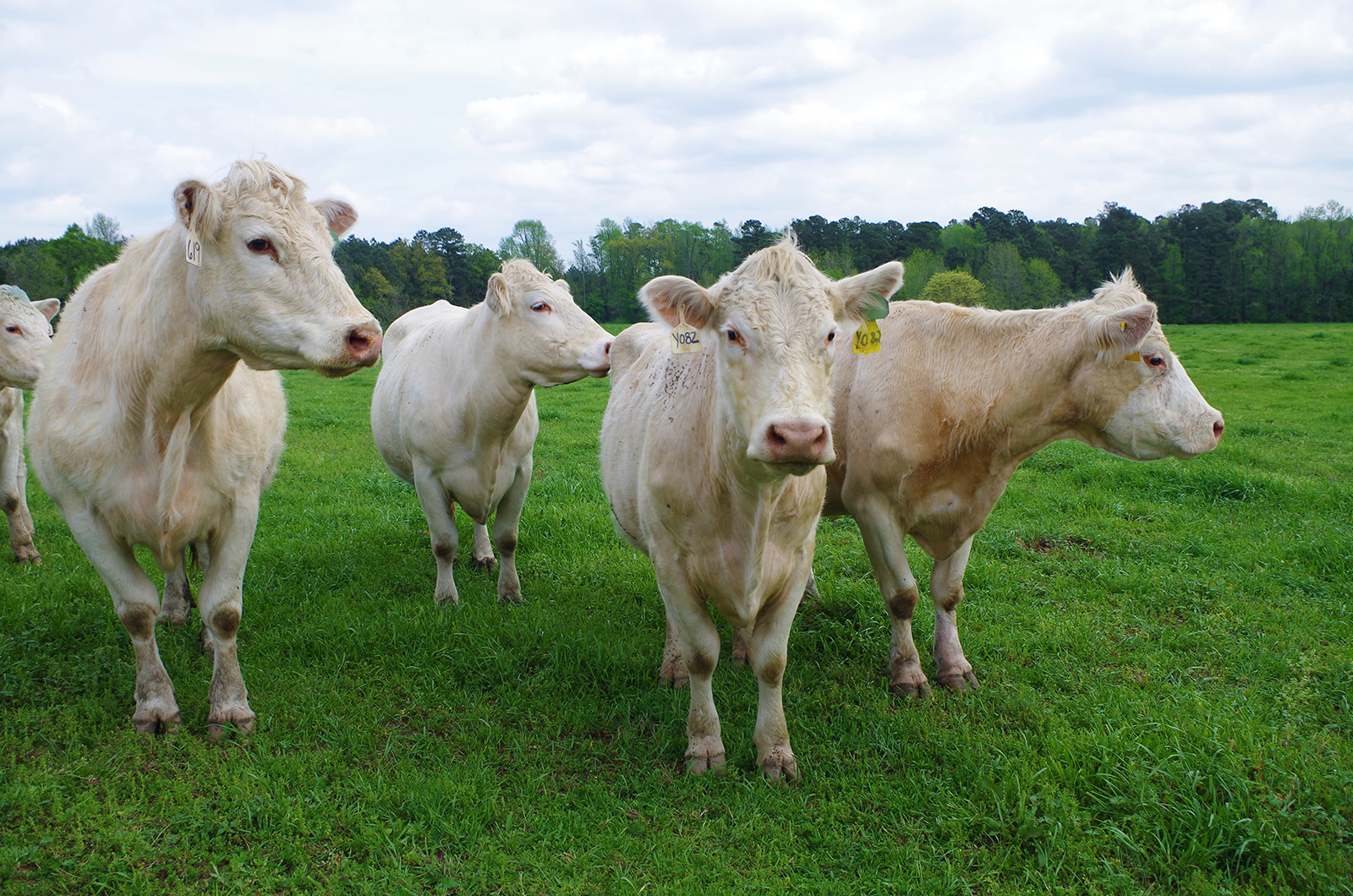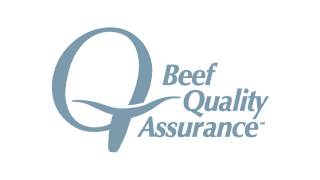Get to Know Your Beef Checkoff
About the Beef Checkoff
Research indicates that as many as four out of ten producers know little about the $1-per-head beef checkoff. If it’s your money being invested in consumer marketing programs, you have the right and the responsibility to know how those dollars are being spent.
Ours is a diverse and complex industry, but it’s never been more important for us to understand how to bring various segments together for a common cause. Today that shared purpose is building demand for beef by addressing the specific needs of our changing consumer target.
Cattle producers have always faced a variety of challenges, but it’s probably more important than ever to study and communicate with the organizations working to keep the focus on merchandising our ultimate product. The beef checkoff is the one industry-controlled program seeking to build markets, promote beef’s essential role in the diet and deal with dramatic changes in how the product needs to be presented.
In Arkansas, the ABC continues to seek effective ways to communicate with producers and let them know more about where checkoff dollars go and how the program works. It’s your money and your program.
Why is there a beef checkoff?
Beef producers created the checkoff as a self-help promotion, research and information program. It was approved in 1988 by 79 percent of beef producers in a referendum after grassroots input shaped the program. In recent producer attitude surveys, approximately 70 percent of cattlemen approve of the checkoff.
Economics in the beef business have led to lots of questions about every aspect of our industry. Concerns about what the checkoff can do to address various problems have arisen in some quarters.
The bottom-line reason for a checkoff is to understand and communicate with our consumers. It’s an ever-changing marketplace, and the product we offer must meet changing demands.
What can the checkoff do?
The checkoff acts as a catalyst for change. The checkoff doesn’t own cattle, packing plants or retail outlets. It can’t single-handedly turn around a low market. Nor does it create good markets by itself. Beef producers never intended it to be in the business of growing cattle or handling product. What they wanted was a way to stimulate others to sell more beef. This can be done through direct advertising, cooperative marketing, public relations efforts, education programs and new product development assistance.
What can’t the checkoff do?
By law, checkoff funds cannot be used to influence government policy or action. This includes lobbying.
Where are checkoff dollars invested?
Checkoff programs are designed to build demand for beef and veal in both domestic and foreign markets.
- Research provides the foundation for checkoff-funded activity. All information and promotion projects are developed based on consumer marketing, nutrition, beef safety and product development research.
- Promotion encompasses advertising, merchandising, and point-of-purchase programs that enhance the appeal of beef to consumers, and helps retailers and foodservice operators market beef and veal more effectively.
- Consumer Information creates a positive image for beef by repeating and reinforcing the beef industry’s messages through news media, food editors, teachers, dietitians, physicians and other influential audiences.
- Industry Information improves perceptions and understanding of the cattle industry through programs aimed at key thought leaders. Information programs create a positive marketing climate for the cattle industry by helping to manage misleading publicity concerning food safety, environmental and animal welfare issues.
- Foreign Marketing works to identify and develop international markets for U.S. beef and veal.
- Producer Communications informs beef and veal producers about how their checkoff dollars are being invested and keeps them apprised of program results.
Collections & Compliance
By law, all producers selling cattle or calves, for any reason and regardless of age or sex, must pay $1-per-head to support beef/veal promotion, research and information through the Beef Promotion and Research Act. Here are some specifics:
- Whoever makes payment to the seller is considered a "Collection Point" or person and must withhold $1-per-head, remitting those funds to the Qualified State Beef Council (QSBC) where they live. Collection points could include auction markets, feedyards, dealers/order buyers, other producers, auctioneers, clerking services, banks, packers and other entities.
- The buyer is generally responsible for collecting $1 per head from the seller. By law, both buyer and seller are equally liable to see that $1-per-head has been collected and paid.
- Also under the Act and the Order, the State Beef Council is legally responsible for collecting monthly assessments as well as a two percent late charge on checkoff remittances if they are not received in our office postmarked by the 15th of the month following the month of sale.
- No producer is exempt from the checkoff. Buyers who resell cattle no more than 10 days from the date of purchase may file a non-producer status form and avoid paying an additional dollar. They are, however, responsible for remitting collected funds and reporting any transaction to the QSBC.
- Remember: A dollar or a document! All selling/purchase transactions must be reported. In each case, either $1-per-head or non-producer status form document must be collected by the buyer from the seller to show the dollar has been collected and paid within the past 10 days.
- If it's more convenient, the seller of cattle may collect and remit funds collected. For instance, purebred breeders selling to many different buyers may wish to remit the checkoff themselves; persons exporting cattle should also pay when the cattle change hands. Buyers should keep receipts showing the checkoff has been paid.
- Persons in non-compliance with the Act and Order are subject to a civil penalty of up to $7,500 per transaction, plus unremitted checkoff dollars and interest.
- Research shows the checkoff returns more than $13 to the industry for every dollar invested. Click here to see the research.
In Arkansas, remittance is sent to the Arkansas Department of Finance & Administration:
Arkansas Beef Council Fund
P.O. Box 896
Room 2340
Little Rock, AR 72203
Cattlemen's Corner
Beef Quality Assurance
In Arkansas, the BQA's goal is to encourage the consistent production of high quality cattle and ultimately a safe and wholesome beef product.
Contact
State Coordinator
Heidi M. Ward, DVM, PhD
Department of Animal Science
University of Arkansas Division of Agriculture
Cooperative Extension Service
2301 S. University Avenue
Little Rock, Arkansas 72204
Phone: (501) 671-2162
Fax: (501) 671-2185
Email: [email protected]

